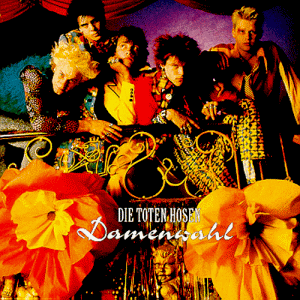Deutschpunk is a German-language strand of punk rock that took shape in the late 1970s and flourished throughout the 1980s. It is marked by fast, raw, and minimal arrangements; shouted vocals; and a distinctly DIY production aesthetic.
Lyrically, it is unapologetically political and socially conscious, addressing anti-fascism, anti-capitalism, anti-nuclear activism, police brutality, squatting culture, and everyday alienation. Scenes coalesced around autonomous centers and squats, independent labels, and fanzines, setting a template for German punk’s grassroots infrastructure.
Musically, Deutschpunk blends the urgency of UK ’77 punk with UK82 street-punk grit, d-beat propulsion, and the early hardcore ethos, while retaining catchy choruses and gang vocals that make the message memorable.
German punk emerged as UK and US punk reached continental Europe. Early German bands, local fanzines, and DIY promoters began cultivating a homegrown scene in West Germany. Venues and autonomous centers such as SO36 (Berlin) and other self-organized spaces provided hubs for community, shows, and organizing. From the outset, lyrics were largely in German, foregrounding direct social critique and making the music feel immediate and local.
By the early 1980s, Deutschpunk had a clear identity: fast, raw, German-language punk with gang shouts, politically charged themes, and rough, lo-fi recordings. Independent labels like Aggressive Rockproduktionen (AGR), Weird System, and small DIY imprints released 7-inches, compilations, and LPs that documented a dense network of bands from Hamburg, the Ruhr area, Berlin, and beyond. The sound drew on ’77 punk and UK82 street punk, while the most abrasive groups incorporated d-beat and early hardcore momentum.
While Neue Deutsche Welle (NDW) crossed into the mainstream, Deutschpunk stayed resolutely underground, rejecting commercial polish. Some bands flirted with post-punk moods or hardcore speed, but the core remained a blunt, anti-authoritarian style centered on direct lyrics and community self-reliance.
As the decade closed, exchanges between West German and East German punks intensified; groups from the GDR (e.g., Schleim-Keim) left a lasting mark once reunification removed barriers. The 1990s saw waves of new bands and a continued DIY circuit of autonomous centers, despite changing trends and the rise of other punk substyles.
Deutschpunk established the template for politically outspoken, German-language punk rooted in DIY ethics. Its infrastructure—labels, zines, squats, and collectives—helped sustain German punk culture into the 2000s and beyond, and its lyrical directness continues to influence German-speaking punk and rock artists.
Use a classic punk quartet: one or two distorted electric guitars, electric bass, drums, and a lead vocalist who can project and shout clearly. Keep gear simple and rugged—this style values impact over sophistication.
Aim for brisk to fast tempos (roughly 160–220 BPM). Straight 4/4 patterns dominate, often with d-beat or driving, motoric downstrokes on guitar. Drums should emphasize relentless eighth notes on hi-hat or ride, with hard-hitting snare backbeats and occasional fills that propel transitions.
Stick to power-chord progressions (I–IV–V or minor-key i–VI–VII) with limited chord changes and little to no soloing. Riffs should be tight and percussive, with downstroke strumming for urgency. Melodic hooks can appear in vocal lines or simple lead guitar doubles, but avoid ornate arrangements.
Use concise structures (intro–verse–chorus–verse–chorus–bridge/break–final chorus). Keep songs short (1.5–3 minutes). Build choruses for shout-along energy with gang vocals or call-and-response.
Write in German with direct, plainspoken phrasing. Address social and political issues—anti-fascism, anti-racism, housing struggles, labor rights, environmentalism, and everyday frustration. Delivery should be emphatic and confrontational; prioritize clarity and rhythm over pitch precision.
Embrace a raw, DIY sound: minimal overdubs, live tracking, modest miking, and little studio polish. Mix for midrange punch so vocals and guitars cut through. Cover art and visuals can use stencil aesthetics, photocopied collage, and bold, agitational imagery.
Keep sets tight and energetic, with brief song gaps and direct audience engagement. Encourage collective singing and a sense of solidarity; this music thrives on community and immediacy.

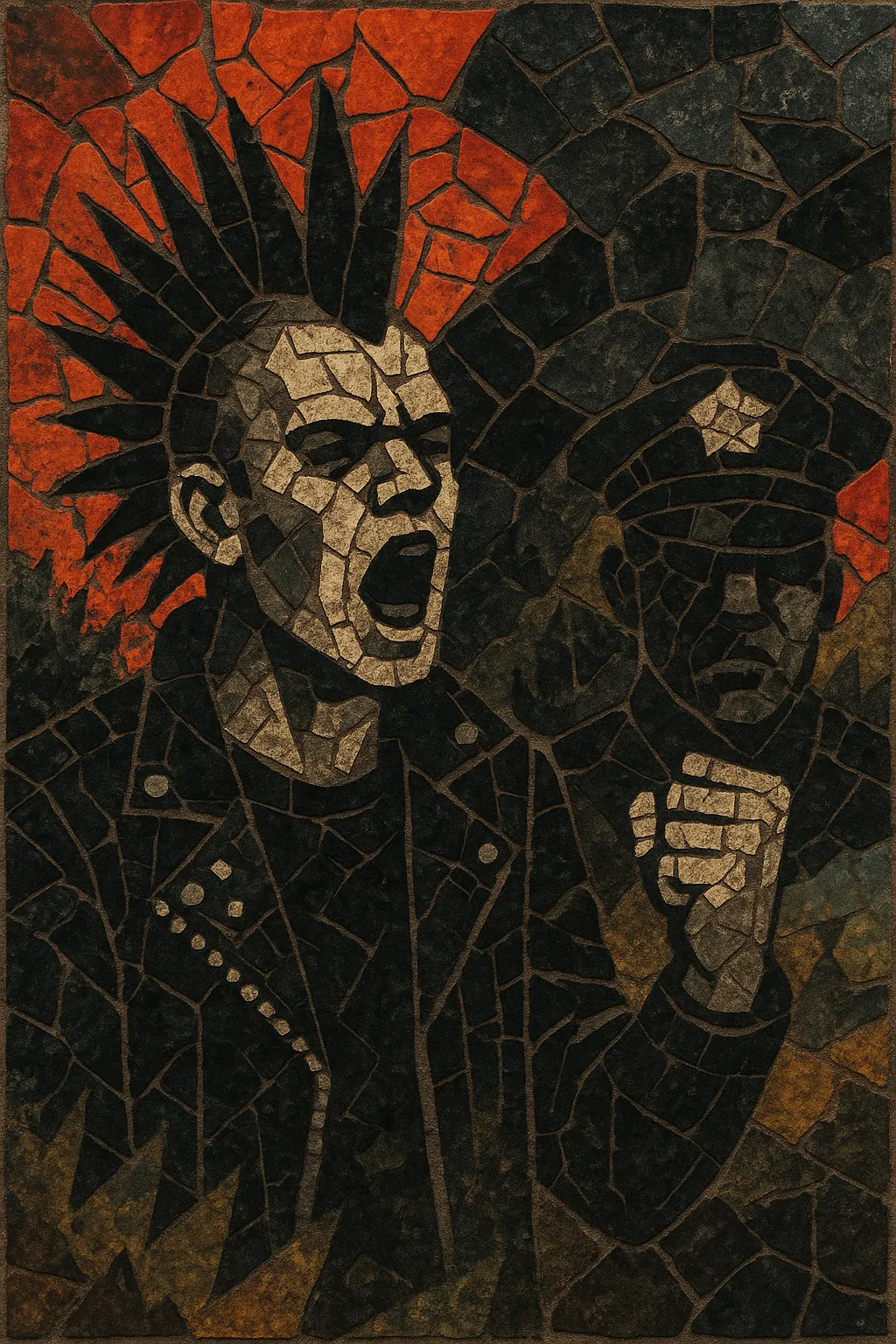
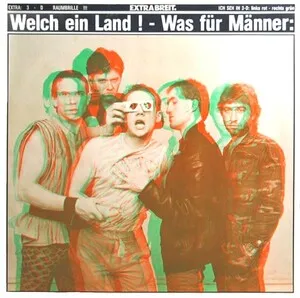
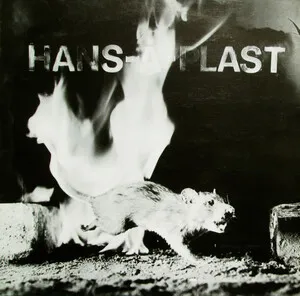
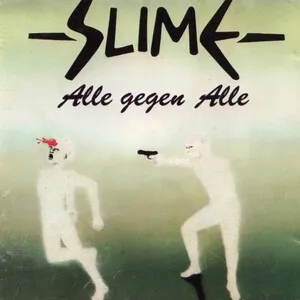
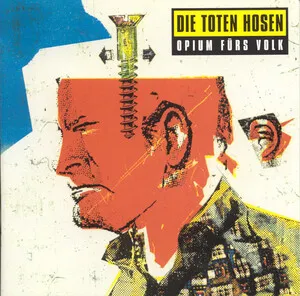
%2C%20Cover%20art.webp)
